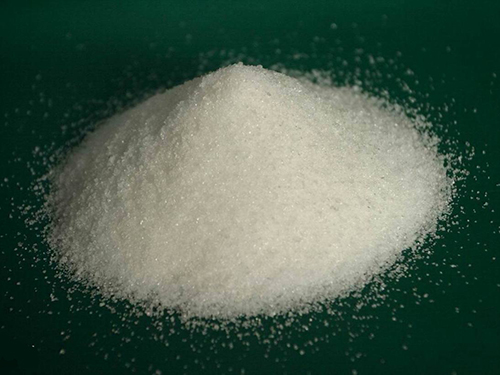water coagulation and flocculation
Water Coagulation and Flocculation An Essential Process in Water Treatment
Water is a vital resource for life, and its quality is crucial for public health and environmental sustainability. In many parts of the world, ensuring access to clean and safe drinking water is a significant challenge. This is where the processes of coagulation and flocculation come into play, serving as primary methods in water treatment to remove particles, pathogens, and contaminants effectively.
Understanding Coagulation
Coagulation is the first step in the water treatment process. It involves the addition of chemical coagulants to raw water, which destabilizes and aggregates suspended particles, colloids, and impurities. Common coagulants include aluminum sulfate (alum), ferric chloride, and polyaluminum chloride. When these chemicals are added to water, they neutralize the negative charges present on the particles, allowing them to bond together.
The mechanism behind coagulation primarily revolves around charge neutralization. Many suspended particles in water have negative charges, which repels them from one another. By introducing positively charged coagulants, the repulsive forces are diminished, leading particles to combine and form larger aggregates known as micro-flocs.
The Process of Flocculation
Following coagulation comes flocculation, an essential process that enhances particle agglomeration. Flocculation is a gentle stirring or mixing process that promotes the growth of these micro-flocs into larger, settleable flocs. This is often achieved through the addition of flocculants, which are typically long-chain polymers that help bridge the gaps between smaller particles and facilitate their aggregation.
The flocculation process is crucial for improving the efficiency of sedimentation or flotation in subsequent treatment stages. It enhances the removal of particulate material, reducing turbidity and improving water clarity. Furthermore, larger flocs are easier to separate from treated water, allowing for more effective filtration and disinfection processes.
water coagulation and flocculation

Importance of Coagulation and Flocculation
The significance of coagulation and flocculation in water treatment cannot be overstated. These processes contribute to several vital outcomes
1. Removal of Impurities Coagulation and flocculation aid in eliminating suspended solids, such as silt, clay, algae, and organic matter, which can pose health risks. This is particularly important in ensuring drinking water meets regulatory standards for quality.
2. Reduction of Microbial Contaminants The aggregation of particles also helps in removing pathogens and other microorganisms that thrive in untreated water. By facilitating the sedimentation of these contaminants, water treatment plants ensure a safer supply for communities.
3. Enhancement of Filtration Efficiency By producing larger flocs, these processes improve the subsequent filtration stage, allowing for more effective removal of remaining particles and contaminants. This results in cleaner, clearer water, which is aesthetically more appealing and healthier.
4. Cost-Effectiveness Implementing coagulation and flocculation processes can be economically advantageous for water treatment facilities. By improving the overall effectiveness of the treatment process, these methods can reduce chemical usage, energy costs, and operational complexities.
Conclusion
In summary, coagulation and flocculation are foundational processes in water treatment that play a critical role in ensuring the safety and quality of drinking water. By effectively removing suspended solids and microbial contaminants, these methods contribute not only to public health but also to environmental protection. As water scarcity and pollution continue to challenge communities worldwide, the importance of these treatment processes will only grow, emphasizing the need for investments in modern water treatment technologies and practices. Ensuring clean water for all remains a cornerstone of public health and environmental sustainability, and coagulation and flocculation are vital tools in achieving this goal.
-
lk-319-special-scale-and-corrosion-inhibitor-for-steel-plants-advanced-solutions-for-industrial-water-systemsNewsAug.22,2025
-
flocculant-water-treatment-essential-chemical-solutions-for-purification-processesNewsAug.22,2025
-
isothiazolinones-versatile-microbial-control-agents-for-industrial-and-consumer-applicationsNewsAug.22,2025
-
scale-inhibitor-key-solutions-for-water-system-scale-preventionNewsAug.22,2025
-
organophosphonates-versatile-scale-inhibitors-for-industrial-water-systemsNewsAug.22,2025
-
scale-and-corrosion-inhibitor-essential-chemical-solutions-for-water-system-maintenanceNewsAug.22,2025





